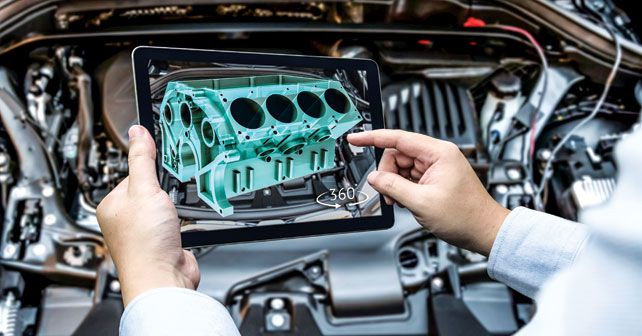
With 50 years of reserves waiting to be tapped, we can’t just turn the oil off and magically put everyone in an electric car. While EV tech should be applauded, Karl thinks we shouldn’t write off the IC engine just yet.
The world hasn’t run out of oil just yet, thankfully. And, doing some research, it looks like we’re several decades away from the great ‘oiltastrophe’ that will occur when it does dry up. Part of the reason is that for every litre that goes into a refinery, you end up with around 70ml more product. It’s called processing gain and happens thanks to the processed products being a lower density than the crude that went in.
By most estimates, there’s around 50 years worth of dino juice stuck in reserves around the planet. That means we’re stuck with internal combustion engines (ICE) for a while to come. But is that such a bad thing?
The proponents of EVs would say so. I’ve written previously on the subject of electrification, and of my respect (yet objectivity) towards the technology. There’s no doubt that Tesla has done a convincing job of winning people over – and, as a showcase for what can be done, it’s phenomenal. But as a true game changer? Well, that’s something different altogether.
We can’t just turn the oil off, and have everyone magically drive an electric car. That would be a game changer, but it’s impossible. There has to be some overlap between crude oil and electricity. And no, that’s not happening right now. That overlap is years, perhaps decades, away. Don’t believe me?
Currently, one in every thousand cars is an EV. That’s not a big number, even if we’re not including hybrids like the Toyota Prius, Lexus RX 450h, or similar – just purely electric.
Tesla is trying to change the game with the Model 3. But how far has that gotten? Production issues seem to be the least of the company’s problems. Its balance sheet doesn’t look great, and with Elon Musk diversifying into home battery storage (now there’s a good idea we can swap to instantly), and space exploration, the car side of the business appears to have been left to flounder.
So, not enough EVs for the common man. But there are plenty of prototypes and companies jumping on board the EV bandwagon. Look at Faraday Future. Plenty of talk, plenty of figures and plenty of expectations. But has anything materialised?
It looks promising enough, yet the company appears to simply be a vehicle (excuse the pun) for a few select people to drain the pockets of investors and line their own. And then there are countless EV sports car companies popping up and simply disappearing.
The idea is great, and there’s no doubt they’re fast. But until the battery tech allows it to recharge as quickly as you can fill a petrol tank and give you the same range, the dream is a little too distant.
There’s something about the mechanical connection, too, of being able to feel the controlled explosions happening up front (or indeed behind, depending on your budget), and becoming one with the machine. It’s why there are still cars like the Ferrari 812 Superfast, Lamborghini Aventador S and the Porsche 911 GT2 RS. And, of course, let’s not forget the sound.
Every car company will bring a form of electrification to the market in the next few years, but they’ll also be producing ICE cars, too. So let’s applaud the work done for the environment, and the reduction of emissions, but let’s also continue to embrace the classic fuel-powered machines that we all know and love.























Write your Comment